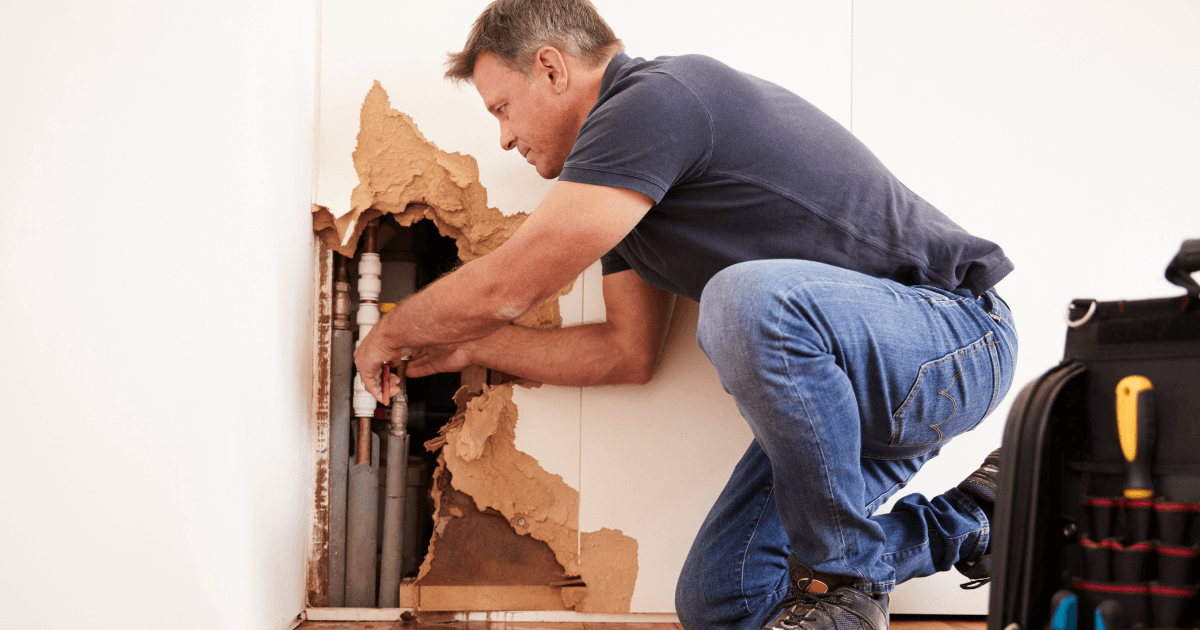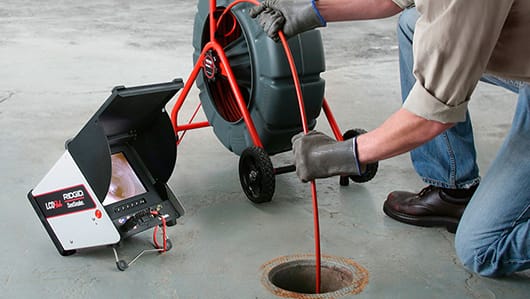Sewer backups can be one of the most unpleasant and costly problems a homeowner faces. Yet, despite their frequency, many of the causes are preventable with the right knowledge and maintenance. This article deconstructs the common causes of sewer backups, providing novel insights to not only protect your home but also save you from future costly repairs.
1. What Exactly is a Sewer Backup?
At its core, a sewer backup occurs when the wastewater that should be flowing out of your home into the municipal sewer system or septic tank gets blocked or reversed, flowing back into your house. This can lead to a range of problems, from foul odors to significant water damage.
But why does this happen? It’s typically the result of a blockage in the sewer lines, either within your home’s pipes or further along in the municipal system. Backups can manifest through warning signs like slow-draining water, gurgling sounds from drains, or multiple fixtures becoming clogged at once.
2. Deconstructing the Common Causes of Sewer Backups
Let’s explore the fundamental causes behind sewer backups, each contributing to different types of blockages and damage:
A. Tree Roots
Tree roots are drawn to the moisture and nutrients within sewer lines. Over time, these roots can penetrate small cracks in older pipes, particularly those made from clay or cast iron. Once inside, they grow rapidly, causing blockages and even pipe rupture. Tree roots can travel a surprising distance, so even trees that seem far from your sewer lines can be a threat.
Prevention Tip: Regular sewer line inspections can detect early root intrusion. Installing root barriers or using specific plumbing treatments can prevent root growth into pipes.
B. Improper Waste Disposal
A significant number of backups are caused by what homeowners flush down their toilets and drains. Items like “flushable” wipes, diapers, and grease can accumulate over time, causing blockages that lead to backups. Grease solidifies once it cools in the pipes, creating a sticky blockage that traps other debris.
Prevention Tip: Only flush human waste and toilet paper. Avoid pouring grease down the drain; instead, collect it in a container for disposal in the trash.
C. Damaged or Aging Pipes
Sewer systems in older homes are particularly prone to backups due to aging pipes. Materials like clay or cast iron are vulnerable to cracks, corrosion, and even collapse. The shifting of soil or extreme temperature changes can exacerbate these weaknesses.
Prevention Tip: If your home has an older sewer system, consider upgrading to modern, more durable materials like PVC. Regular inspections can help identify early signs of wear and tear before a collapse occurs.
D. Heavy Rain and Flooding
Excessive rainfall can overwhelm municipal sewer systems, especially when they’re not equipped with proper stormwater drainage. This leads to sewer backups, pushing excess water and waste back into homes. Homes in low-lying areas are particularly susceptible to this.
Prevention Tip: Installing a backwater valve can prevent sewage from flowing back into your home during heavy rains. Additionally, proper grading around your property can direct water away from the foundation.
E. Municipal Sewer Problems
In some cases, the problem lies beyond your control. If a blockage occurs in the municipal sewer system, the backup can affect nearby homes. Unfortunately, there is little homeowners can do when the problem originates at the city level.
Prevention Tip: While you can’t control the city’s sewer system, stay informed about local sewer maintenance projects, and report any unusual activity or smells from your drains to your local public works department.
3. The Financial Impact of Sewer Backups
Sewer backups can lead to significant financial burdens. From the immediate cost of cleanup to the long-term damage to flooring, furniture, and personal belongings, the expenses can add up quickly. On average, a cleanup can cost anywhere from $2,000 to $10,000 depending on the extent of the damage. Furthermore, health hazards from bacteria and mold can lead to additional costs if not handled promptly.
It’s important to check if your homeowners insurance includes coverage for sewer backups, as standard policies often do not. You might need to add a sewer backup rider to ensure you’re protected.
4. Proactive Measures to Prevent Sewer Backups
A. Regular Inspections
Scheduling regular sewer line inspections with a camera can help catch early signs of trouble, such as small clogs or root intrusion, before they become significant issues. Professional plumbers can also perform routine cleanouts to ensure your pipes are flowing smoothly.
B. Proper Waste Disposal
Be conscious of what goes down your drains and toilets. Using drain covers to catch debris and grease-fighting detergents can help maintain the integrity of your sewer lines.
C. Install Backwater Valves
Installing backwater valves is a highly effective way to prevent sewage from re-entering your home during municipal system overloads or heavy rains. It’s a relatively simple but essential addition, especially for homes in flood-prone areas.
D. Upgrade Old Pipes
If your home’s plumbing system is decades old, consider upgrading to modern materials like PVC, which are more resistant to corrosion and root intrusion.
5. Environmental Considerations: The Bigger Picture
Sewer backups don’t just affect individual homes—they can also have broader environmental consequences. When sewage escapes into the environment, it can contaminate local waterways, harming wildlife and introducing pathogens into the ecosystem.
By maintaining your home’s plumbing system, you contribute to the overall health of your community’s water systems. Sustainable practices like reducing water waste and limiting the use of harsh chemicals can have a positive impact on both your home and the environment.
6. What to Do in the Event of a Backup
If a sewer backup does occur, prompt action is essential. First, prioritize safety—sewage is hazardous and contains bacteria that can cause serious illness. Avoid direct contact with the contaminated water. Call a professional plumber immediately to assess the damage, and document everything for insurance purposes.
Once the immediate issue is resolved, thoroughly clean and disinfect the area to prevent mold growth and lingering bacteria. Dispose of any contaminated materials that cannot be salvaged.
Conclusion: A Preventative Approach is Key
Sewer backups can be disastrous, but they are also largely preventable with proper maintenance and awareness. By understanding the common causes and taking proactive steps—like regular inspections, proper waste disposal, and investing in upgrades—you can protect your home from the costly and unpleasant consequences of a backup.
FAQ Section
Q: How often should I schedule a sewer line inspection?
A: It’s recommended to have your sewer lines inspected every two years, especially if you live in an older home or in an area with many trees.
Q: Are “flushable” wipes really safe to flush?
A: No. Despite being labeled “flushable,” these wipes do not break down in the sewer system like toilet paper, leading to clogs.
Q: Can I prevent tree roots from damaging my pipes?
A: Yes. Regular inspections and proactive root management—such as installing root barriers—can prevent tree roots from invading your sewer lines.
Q: Will my homeowners insurance cover a sewer backup?
A: Standard homeowners policies typically do not cover sewer backups, but you can add coverage through a sewer backup rider.
By staying informed and taking simple precautions, you can ensure your home’s plumbing system remains healthy and functional for years to come.





